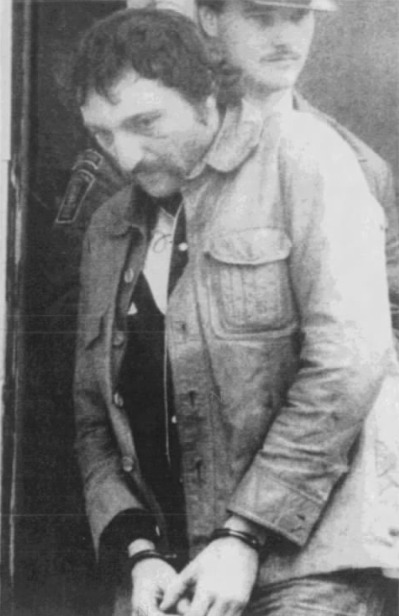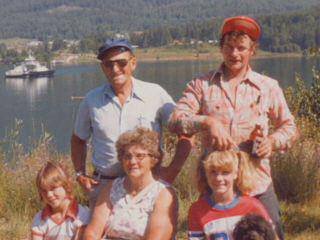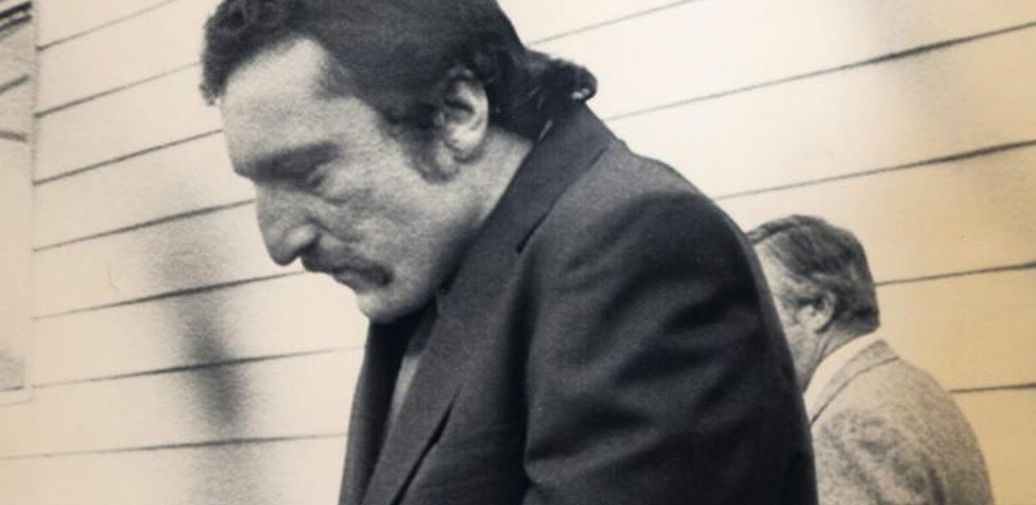Investigation Discovery’s ‘The Case That Haunts Me: Murder Round the Campfire’ chronicles the tale of David William Shearing, AKA David Ennis, a mass murderer convicted of 6 counts of second-degree murder. He had killed three generations of a family, reportedly imprisoning the two small girls after killing the adults and sexually assaulting them for nearly a week before murdering them too. The episode summarizes the brutal crime, the massive investigation, and the monster who committed the brutal murders. So, who is this David Shearing? Let’s find out.
Who is David Shearing?
David William Shearing was born in 1959 and hailed from a respectable family. A high school graduate with a heavy mechanic course under his belt, he was the brother of a sheriff, and his late father served as a prison guard. David had multiple run-ins with the law and had faced prior arrests for driving under the influence, drug possession, and assault.

On August 2, 1982, Bob Johnson, 44, his wife Jackie, 40, and their two daughters, Janet, 13, and Karen, 11, from Kelowna, traveled to Wells Gray Park, British Columbia, to meet their maternal grandparents, George, 66, and Edith Bentley, 59. The retired Bentleys loved camping and had recently bought a 1981 Ford Camper Special. The three generations of the family had planned a fun-filled two-week camping vacation, complete with a 10-foot aluminum boat they had tied on the top of their camper.
On August 18, 1982, when Bob failed to report to work at Gorman Brothers Lumber in Westbank as scheduled, his colleagues became suspicious. He had reportedly never missed a day of work in the last two decades, and the entire family was reported missing a week later. The police found they had last contacted one of Edith’s other daughters on August 6, 1982. Thus, a massive search commenced across Wells Gray Park for the missing campers and their two automobiles, yet they could not be located for nearly a month.
On September 13, 1982, the police finally found Bob’s vehicle based on a tip by a mushroom picker. The automobile had been burnt, and four adult bodies were located among the burning metal and glass. All of them had been shot with a .22 caliber shotgun. But the investigating officers made the most disturbing discovery when they opened the trunk of the vehicle to find the two young girls jammed in there. They had been burnt so severely that only the skull fragments could be made out.

The police believed the murderer had probably used an accelerant to generate such intense heat. They began looking for the Ford Camper, while some located the campsite around 20 miles away from where Bob’s vehicle was found. Law enforcement officials used a vast amount of resources, from helicopters, and thousands of posters, to driving a replica of the camper truck across a section of the country where many witnesses claimed to have seen such a vehicle. Moreover, a reward of $7,500 was announced for any information on the truck.
More than a year later, two forestry workers found the burnt vehicle on a deserted logging road on Trophy Mountain, some miles from the murder site. Its location made the police believe that the murderer probably hailed from the Clearwater area since it was nearly impossible for outsiders to be familiar with the maze of logging roads in the area. They also had about 13,000 tips about the probable killer, though one name stood out – David William Shearing.
The 23-year-old had a pretty long criminal record and had a history of violence, with him allegedly escaping charges after being involved in a hit-and-run death a year earlier. He was also a resident of the Clearwater area, living on his parent’s ranch, and was familiar with all the parks and roads.
But the most pertinent clue came when the police received a tip that David had been enquiring about the process of re-registering a Ford camper and trying to repair a hole in its door. Reportedly, it was never made public that the camper truck had a bullet hole in its door, and the investigators finally had their man.
David Shearing is Incarcerated at the Bowden Institution
When brought in for formal questioning, David broke down and confessed his brutal crime to the investigators. On November 19, 1983, he was arrested and charged with six counts of second-degree murder. He pleaded guilty to all counts on April 16, 1984, and was sentenced to 6 concurrent life sentences with no parole eligibility before he had served 25 years. This was the first time in the country’s history that a perpetrator convicted of second-degree murder had been handed the maximum penalty.
It was only after the trial that David revealed the true nature of the crime – he had stalked and slaughtered the victims on August 10, 1982, but had kept the two girls, Janet and Karen, alive. He sexually assaulted them for a week before shooting Janet with his .22-caliber Remington Model 572 pump-action rifle, the murder weapon, on August 16, and Karen the very next day.
David first qualified for early parole eligibility in 1999 after serving 15 years of his sentence but was rejected by the parole board. He proceeded to apply again in 2008 and 2012 and was repeatedly denied. Later, David re-applied in 2014, yet reportedly withdrew his application before the trial. His parole application was denied for the fourth time in September 2021 on the grounds of still harboring “deviant sexual fantasies.” As of September 2021, he had changed his name to David Ennis and was in his mid-60s, incarcerated at the Bowden Institution in central Alberta.
Read More: Misty Carter Murder: Where is Jermaine Glover Now?


You must be logged in to post a comment.